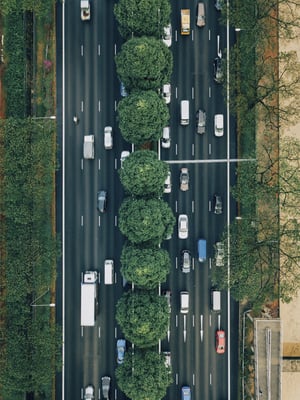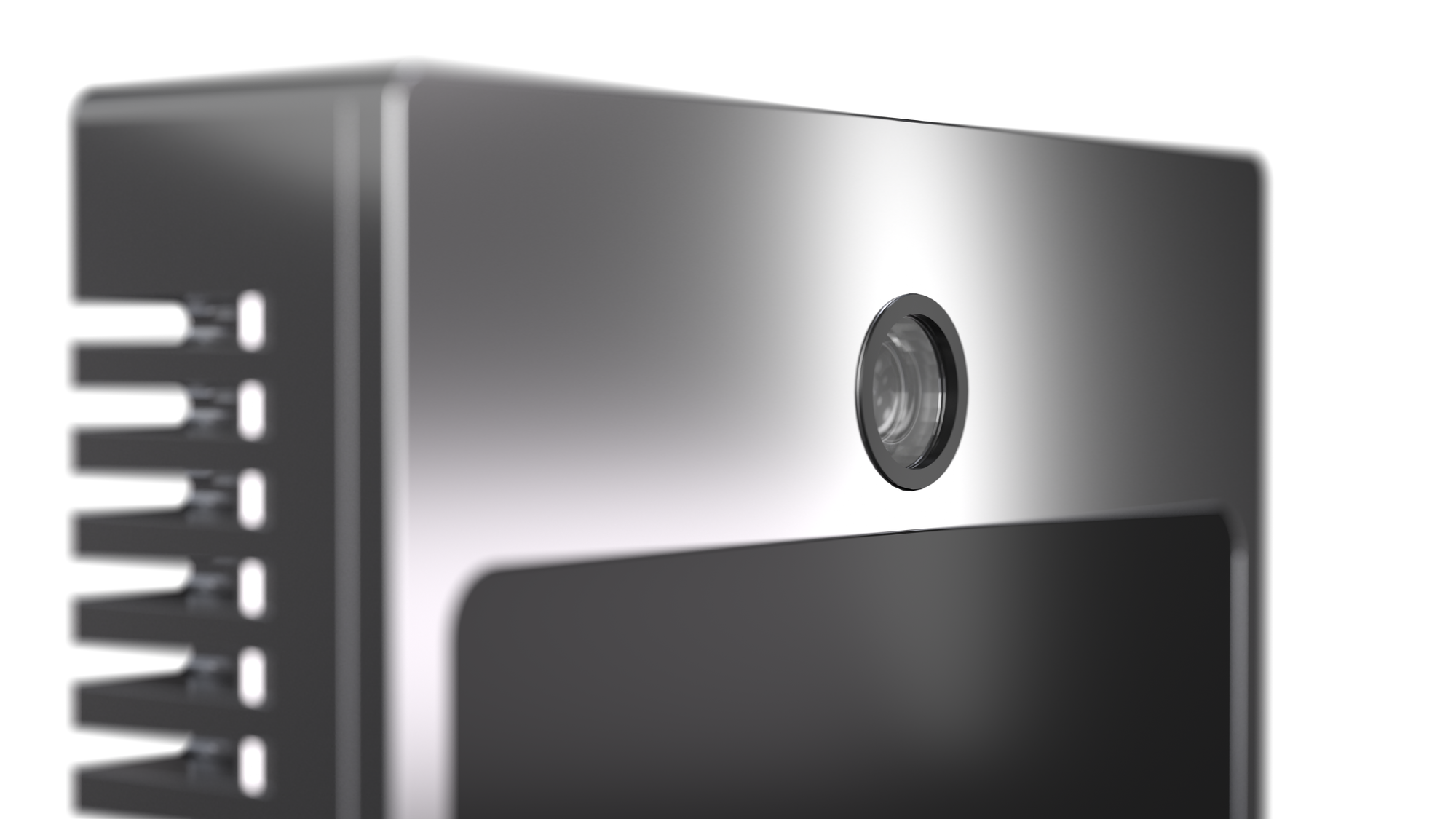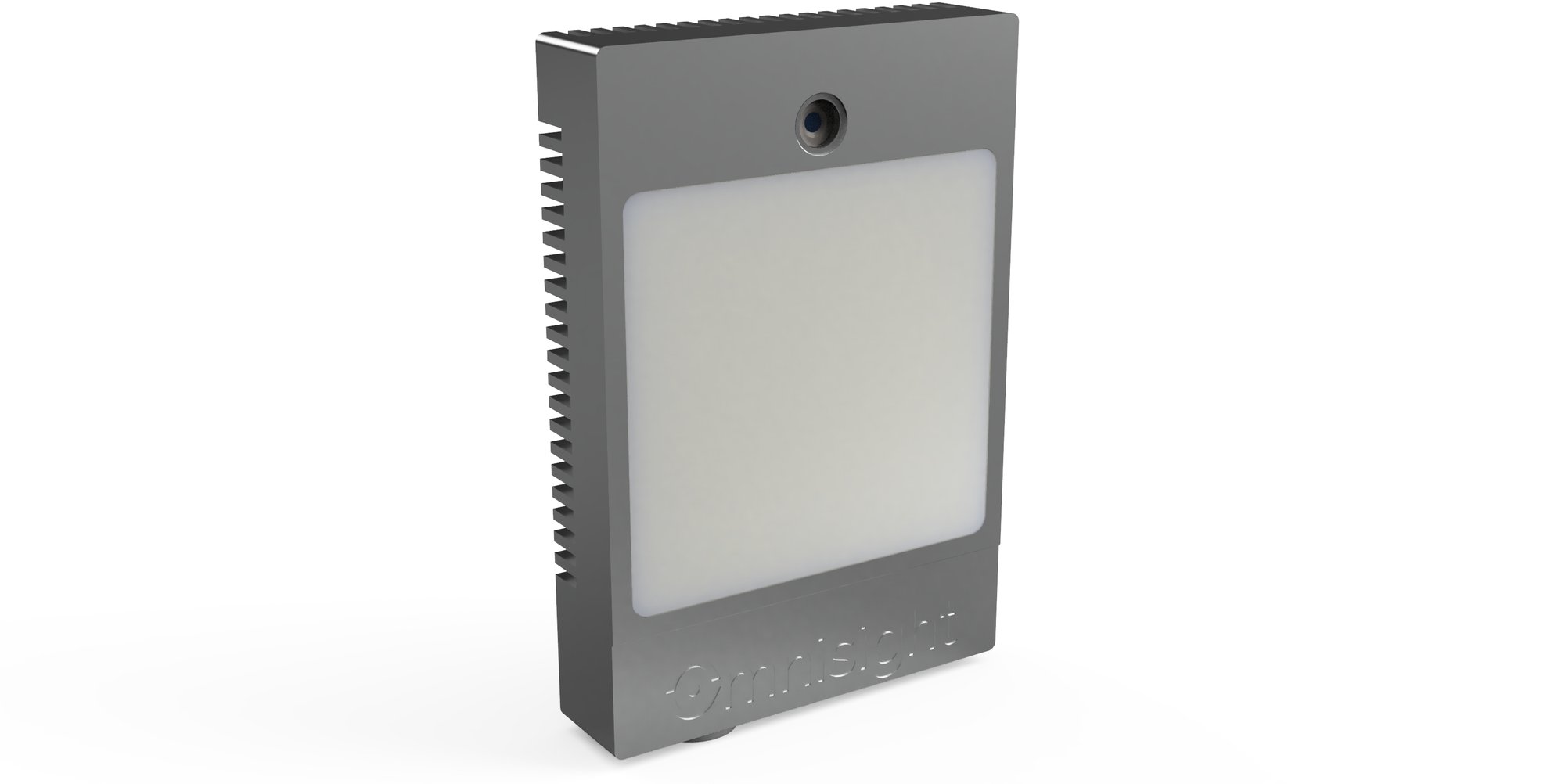.png?width=300&name=image%20(7).png)
Enhancing School Zone Safety
Smart School Zone Technology With Omnisight
Protecting the next generation should be at the forefront of every city and municipal road safety initiative. Despite that, a SafeKids Worldwide report exposed that as many as five teenagers die each week in school zone traffic accidents.
Fortunately, improving school zone traffic safety is possible. Initiatives such as the Safe System Approach (SSA) and Vision Zero encourage the adoption of technologies and evidence-based methods that anticipate human error instead of trying to eliminate it.
Omnisight’s FusionSensor is designed to support your community’s traffic calming measures, including improving school traffic safety. Discover how our technologies can help you protect children and pedestrians around your city’s educational facilities, from elementary schools to high schools.

What School Zones Are Designed To Achieve
While school zones combine a wide range of measures and traditional traffic calming systems to create safer environments, they have many limitations.
Here’s an overview:
Even the best-designed school zones are prone to heavy traffic periods. While high traffic volumes are generally dangerous to all road users, younger pedestrians are the most at risk of fatalities and injuries.
Without smarter tools to reinforce these zones, their intended purpose—keeping children safe—remains out of reach. Traditional solutions, while helpful, often fall short in today’s high-traffic, distraction-heavy environments.

The Main Challenges of Traffic Safety in School Zones
While school zones combine a wide range of measures and traditional traffic calming systems to create safer environments, they have many limitations.
Here’s an overview:
Without smarter tools to reinforce these zones, their intended purpose—keeping children safe—remains out of reach. Traditional solutions, while helpful, often fall short in today’s high-traffic, distraction-heavy environments.
How Omnisight’s FusionSensor Supports School Zone Safety
At Omnisight, we have developed the FusionSensor to help cities and departments of transportation create safer, smoother-flowing streets.
Here’s how our system can also help support your school zones:
Speed monitoring in real time
One of the FusionSensor's most common applications is speed monitoring. The integrated HD3D radar can detect vehicles in real time, and the onboard TrueEdge processing system can instantly assess their speed and direction.
Vehicle classification and bus lane monitoring
The AI-enabled high-definition video camera can refresh at a rate of up to 20 times per second. It can accurately detect and classify vehicles, making it suitable for monitoring bus lanes and alerting local authorities when unauthorized vehicles enter or drive through them.
V2X alerts
The FusionSensor supports Vehicle-to-Everything (V2X) alerts, supporting traditional signage with high-visibility notifications. It is capable of alerting drivers in eligible modern vehicles when they’re about to enter a school zone. The same systems can also issue warning signs when going over the local speed limit, helping promote safer driving behaviors.

Long-term data collection
Universities and research centers can use the traffic data collected by the FusionSensor in school zones to uncover patterns, improve policies, and ultimately prevent more accidents.
Protect Students With Smarter School Zone Tech
Don’t let outdated safety measures put children at risk. Omnisight’s FusionSensor gives cities the data, alerts, and tools to make school zones safer. Contact Omnisight today to see how we can support your safety goals.
